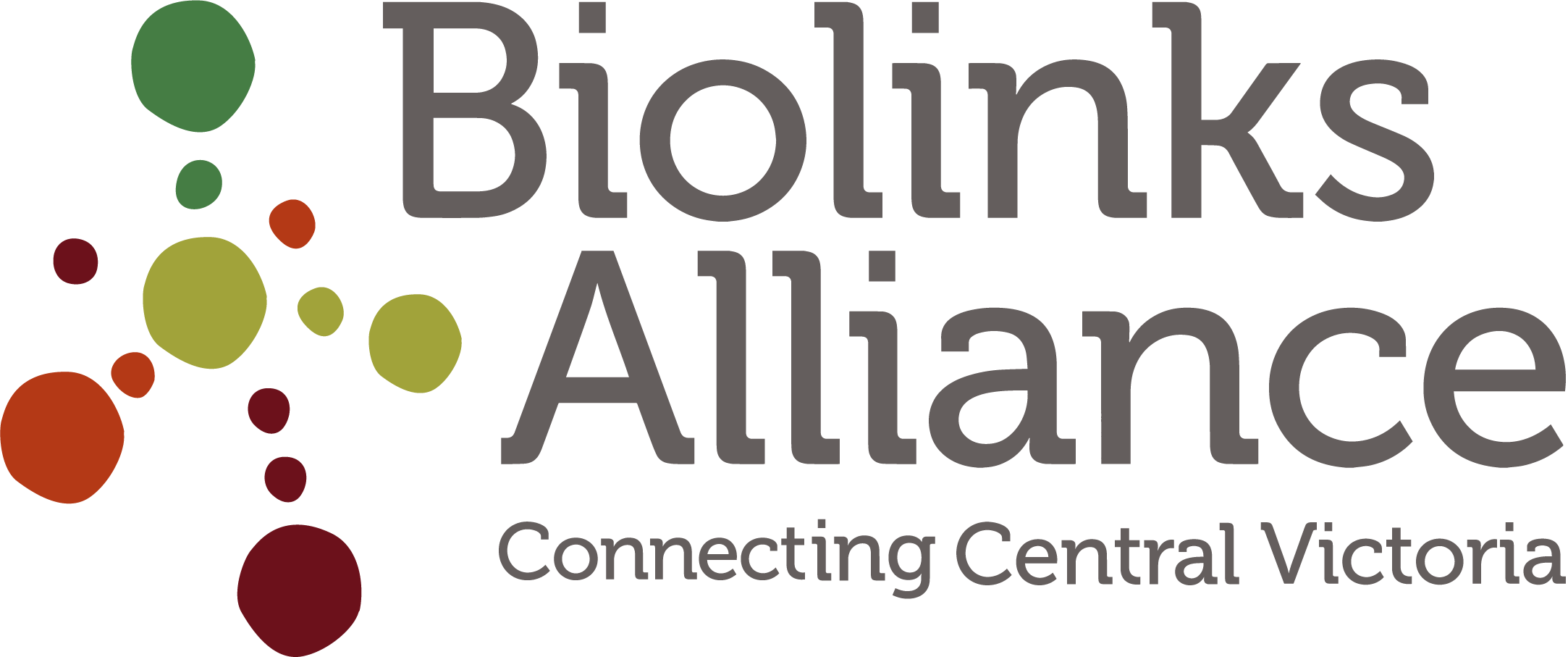Heathcote Local 2 Landscape Action Plan and Prospectus: A Plan for community-lead landscape-scale ecological restoration.
Read MoreWe are now recognising the values of nature in urban areas for human well-being, the survival of species and the ecological health of our urban environment. Healthy natural ecosystems can cool the air, filter pollutants, retain water and stormwater runoff, control pests, pollinate our plants - and help reduce carbon emissions and moderate the impacts of climate change.
Read MorePaddock trees have a unique role in biodiversity conservation. They provide habitat for a wide range of species, particularly those that need hollows (including many bats and birds), and those that need the abundant food resources provided by large trees. Even dead trees – standing starkly in paddocks – provide a home for many animals. And, although they often stand alone, they can provide essential stepping stones for the movement of many different species between bushland patches.
Read MoreRegent Honeyeaters are endangered due to loss of woodland habitat, but a combination of habitat restoration, captive releases, monitoring and research, and community involvement is working towards recovery of this and other woodland species.
Read MoreNative digging mammals in Australia are now rare or extinct and their important ecological functions have been largely lost, but some restoration is possible with re-introductions, sufficient habitat cover, rabbit control and other approaches.
Read MoreWith insects declining around the world, studies on the effects of habitat loss and fragmentation in agricultural landscapes provide an explanation for the decline and suggest implications for restoration.
Read MoreOur 2040 vision - The heath of Central Victoria’s natural environment is being restored and its species are no longer in decline.
Read More






